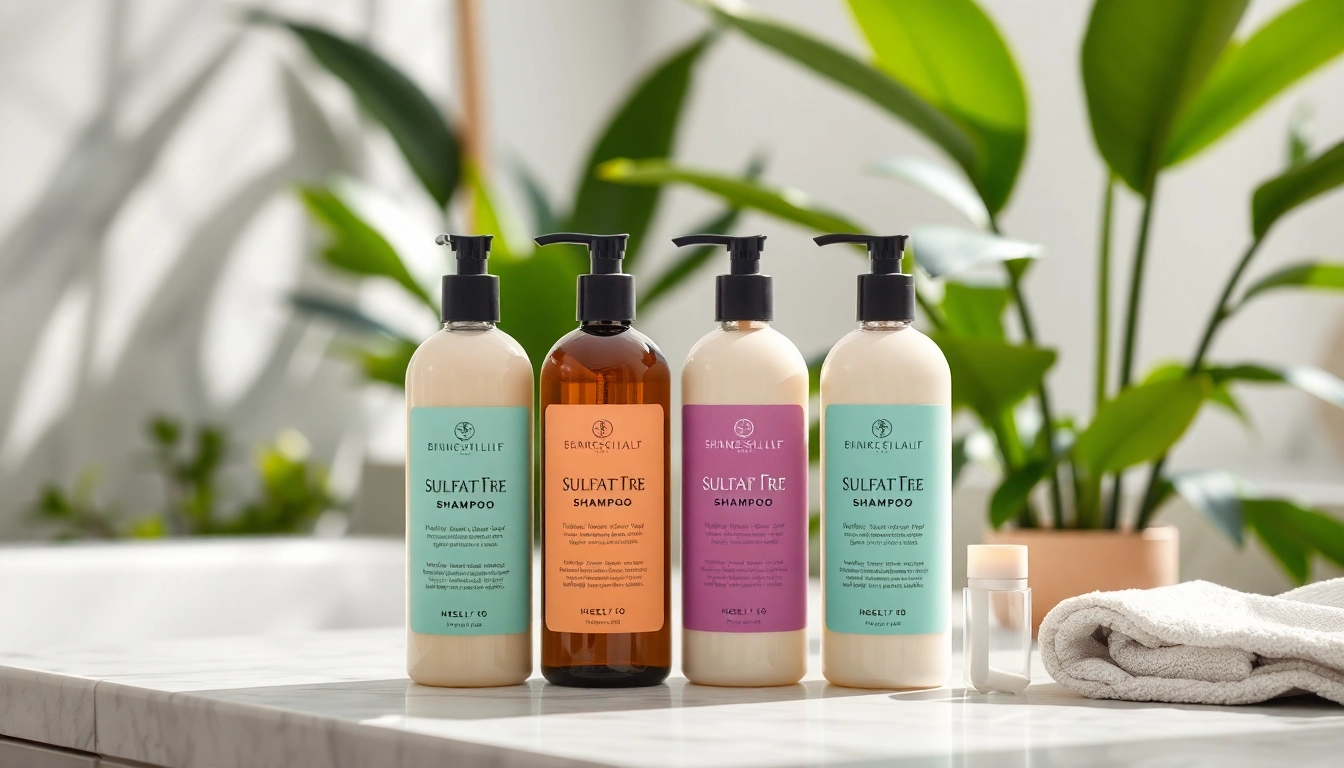Understanding Bongs: What You Need to Know
1. Definition and History of Bongs
Bongs have been a significant part of smoking culture for centuries, ingraining themselves into diverse traditions across different cultures. Essentially, bongs are water pipes designed to filter and cool smoke through water before inhalation. Their historical roots can be traced back to ancient civilizations in Asia, particularly in regions like India and China where they were used to consume tobacco and later, cannabis. Over the years, bongs have evolved, incorporating various designs, materials, and functionalities, making them popular among users worldwide.
2. Types of Bongs: Overview of Designs
There is a broad array of bong designs, each serving a unique purpose and catering to different preferences. Common types include:
- Beaker Bongs: These feature a wide base that resembles a beaker. They have stable designs and typically offer higher water capacity.
- Straight Tube Bongs: A simple design, these bongs have a straight cylindrical shape. They are usually easy to clean and assemble.
- Percolator Bongs: Designed with additional filtration systems called percolators, these bongs produce a smoother hit by dispersing the smoke into more bubbles, increasing contact with water.
- Recycler Bongs: These bongs continually recycle the smoke and water, enhancing filtration and providing a unique smoking experience.
- Gravity Bongs: Utilizing gravity to pull smoke into a chamber of water, these bongs provide powerful hits and have gained popularity among users seeking intense experiences.
3. How Bongs Work: The Science Behind It
Understanding the mechanics of bongs involves delving into the science of smoke and filtration. When users draw from a bong, it creates a vacuum that pulls smoke through the water. This process filters out some harmful substances and cools the smoke, making it less harsh on the lungs. Moreover, the alkaline nature of smoke can lead to important chemical reactions, reducing irritants that might be present in unfiltered smoke.
Choosing the Right Bong for Your Needs
1. Considerations for Material and Type
The material of a bong significantly affects the smoking experience. Common materials include:
- Glass: Offers pure flavor and is easy to clean, but can be fragile.
- Silicone: Durable and portable, silicone bongs can withstand drops but might affect flavor slightly.
- Plastic: Generally less expensive and durable, but may alter the taste.
It’s essential to assess personal preferences and the context of use to select the right material and type.
2. Size Matters: Finding the Perfect Fit
Bong size is an essential aspect affecting usability and experience. Smaller bongs can be more portable, providing convenience for travel, while larger bongs often offer better filtration and smoother hits. Users should consider their smoking habits, where they plan to use the bong, and storage space when selecting a size.
3. Popular Accessories for Enhancing Use
Accessories can significantly enhance the functionality of bongs. Some popular additions include:
- Grinders: Essential for preparing herbs efficiently and evenly.
- Downstems: A customizable component that can enhance the hit quality.
- Bowls: Different sizes and designs of bowls can affect smoking experience.
- Ice Catchers: These are designed to hold ice for additional cooling of smoke.
Cleaning and Maintenance of Bongs
1. Best Practices for Cleaning Your Bong
Maintaining cleanliness is crucial for ensuring a pleasant experience. Ideally, bongs should be cleaned after every few uses. Rinse with warm water to remove loose debris. For deeper cleans, isopropyl alcohol and coarse salt can be effective.
2. Essential Cleaning Supplies You’ll Need
Required supplies include:
- Isopropyl alcohol
- Coarse salt
- Pipe cleaners or cotton swabs
- Warm water
3. Tips to Maintain Your Bong’s Lifespan
To prolong your bong’s lifespan, avoid placing it in high-risk areas where it may tip over or break. Regular cleaning will also help prevent resin buildup and deterioration of materials.
Health Benefits of Using Bongs
1. How Bongs Filter Smoke for a Smoother Hit
Bongs effectively cool and filter smoke, creating a less irritating experience compared to other smoking methods. Water serves as a natural filter, capturing larger particulates and water-soluble toxins, making each inhalation smoother and more palatable.
2. Weighing the Risks: Bongs vs. Other Methods
While bongs can offer a superior experience by filtering smoke, users should also weigh the potential risks. Regular use still exposes users to harmful substances. Nonetheless, many choose bongs for their perceived health benefits over traditional cigarette smoking due to the smoother hits.
3. User Experiences: What Smokers Say
The majority of users report enjoying the smoother hits from bongs, which can lead to fewer coughing fits. Many appreciate the aesthetic and tactile qualities of glass bongs, citing them as a status symbol in social settings.
Trends in the Bong Market: What’s New?
1. Custom Designs and Artistic Bongs
With the growing popularity of bongs, there are now many custom and artistic designs available for consumers. Artists often create unique, handcrafted bongs that serve as statement pieces in addition to functioning as smoking devices.
2. Eco-Friendly Bongs: A Sustainable Choice
As environmental consciousness grows among consumers, eco-friendly bongs made from sustainable materials are emerging. Brands are developing products using biodegradable materials and recycling glass to cater to eco-conscious users.
3. Online Shopping for Bongs: Pros and Cons
Shopping for bongs online offers several benefits, such as a wider selection and often, better prices. However, consumers should be cautious of purchasing from unreliable sources to ensure product quality and avoid counterfeit items. Always check for reputable retailers and customer reviews before making a purchase.



